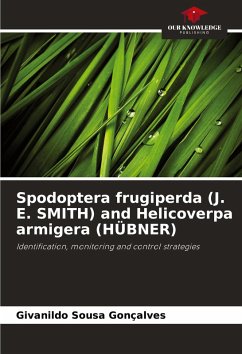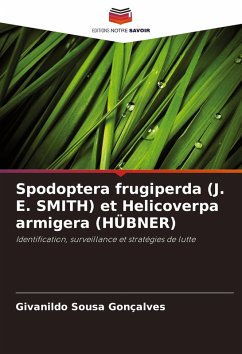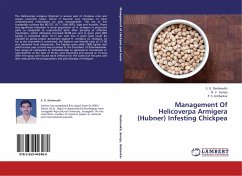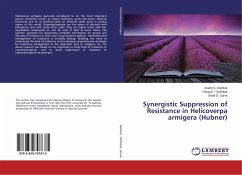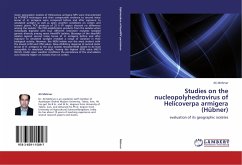
Studies on the nucleopolyhedrovirus of Helicoverpa armigera (Hübner)
evaluation of its geographic isolates
Versandkostenfrei!
Versandfertig in 6-10 Tagen
52,99 €
inkl. MwSt.

PAYBACK Punkte
26 °P sammeln!
Seven geographic isolates of Helicoverpa armigera NPV were characterized by PCR-RFLP techniques and their comparative virulence to second instar larvae of H. armigera were compared before and after exposure to simulated sunlight as well as open weather conditions on cotton and tomato plants. PCR products of 25 K FP region showed no difference among the isolates. The PCR amplification products from the isolates when individually digested with four different restriction enzymes revealed genetic diversity among seven HearNPV isolates. Bioassays of the HearNPV isolates against second instar larvae...
Seven geographic isolates of Helicoverpa armigera NPV were characterized by PCR-RFLP techniques and their comparative virulence to second instar larvae of H. armigera were compared before and after exposure to simulated sunlight as well as open weather conditions on cotton and tomato plants. PCR products of 25 K FP region showed no difference among the isolates. The PCR amplification products from the isolates when individually digested with four different restriction enzymes revealed genetic diversity among seven HearNPV isolates. Bioassays of the HearNPV isolates against second instar larvae of H. armigera before and after exposure to simulated sunlight revealed a range of variation in their biological activity. However, the NGM isolate was the most virulent with the lowest LC50 and LT50 values. Dose-inhibitory response of second instar larvae of H. armigera to the virus isolates revealed NGM isolate to be least susceptible to simulated sunlight, having the highest ID50 value (462.9 W/m2). Under open weather conditions the persistence of the viral isolates was relatively higher on tomato than on cotton.





